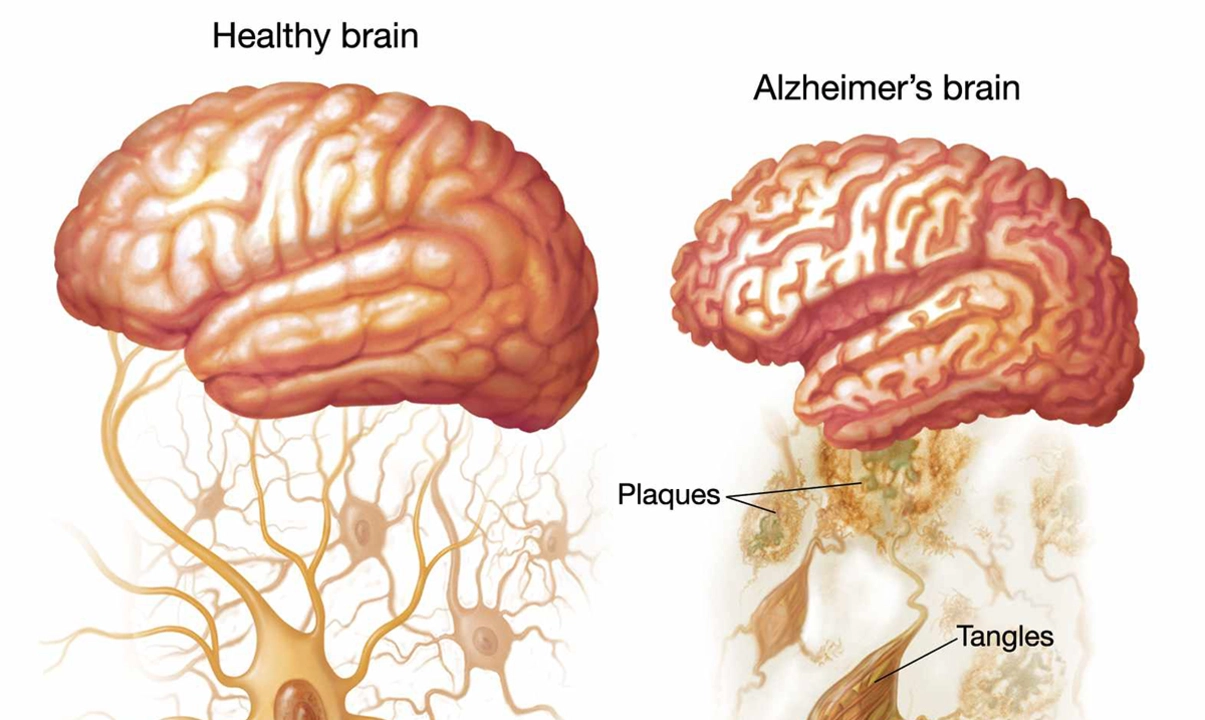In recent studies, I've discovered a fascinating connection between Alzheimer's Disease and vision loss. It appears that individuals with Alzheimer's often experience vision-related issues, such as difficulty recognizing faces and objects or perceiving depth. This could be due to the fact that Alzheimer's affects the brain's ability to process visual information, leading to impaired sight. As a result, it's important to closely monitor any changes in vision for those at risk of developing Alzheimer's. Early intervention and treatment may help slow the progression of both conditions, improving quality of life for those affected.
Vision loss: signs, causes, and what to do
Vision loss can come on suddenly or creep up slowly. Some types are reversible, others are permanent. Knowing common causes and clear actions helps you protect sight and get fast care when it matters.
Common causes include age-related macular degeneration, glaucoma, diabetic retinopathy, cataracts, strokes that affect the visual pathways, and optic neuritis from inflammation. Certain medications can also affect vision—examples include hydroxychloroquine, ethambutol, amiodarone, and tamoxifen. If you take long-term medicines, ask your doctor or pharmacist about eye risks and required monitoring.
When to get help
Call emergency services or get to an eye clinic right away if you notice sudden vision loss, a curtain or shadow moving across your vision, severe eye pain, sudden double vision, or new flashes and many floaters. These signs can mean retinal detachment, stroke, or other urgent problems. For gradual blurring, distorted central vision, or night blindness, schedule an eye exam within days to weeks depending on severity.
If you have diabetes, high blood pressure, or a family history of glaucoma or macular degeneration, see an eye specialist regularly. Diabetics often need annual retinal exams. People over 60 should have more frequent checks for cataracts and macular changes.
Practical tips and aids
Many treatments reduce or stop further loss. Cataract surgery restores clear vision for millions. Anti-VEGF injections help many people with wet macular degeneration and diabetic macular edema. Laser treatment and surgeries can control glaucoma and some retinopathy. Low-vision services and rehab teach techniques to use remaining vision better.
Simple daily steps also help: control blood sugar and blood pressure, stop smoking, wear UV-blocking sunglasses, and protect eyes from injury. Use brighter, non-glare lighting at home, high-contrast labels, and large-print organizers. Try smartphone accessibility features like voiceover, magnifier, and text-to-speech apps. Electronic magnifiers, talking medication labels, and screen-reading software make tasks easier.
Many communities offer low-vision clinics, occupational therapy, and support groups that teach daily living skills. Ask your eye clinic about orientation and mobility training so you or a loved one can move safely at home and in public. Tools that help include handheld electronic magnifiers, closed-circuit TVs for reading, high-contrast keyboards, and talking watches. For medication safety, keep a medication list with dosing and eye-related side effects, and bring it to every visit. Caregivers should label common items in large print and use color coding for pills. Local blindness organizations often provide free or low-cost devices and training — search online for resources in your area or ask the clinic for referrals. Act early — better vision care starts today. Seek help now.
Before buying medicines online, check that the pharmacy is reputable and ask if medicines affect vision. If a prescribed drug lists vision changes as a side effect, report new symptoms immediately and don’t stop medication without medical advice.
Vision loss changes daily life, but many tools and treatments can preserve or restore function. If something feels wrong with your sight, act quickly. Early treatment often means better outcomes and more options.

